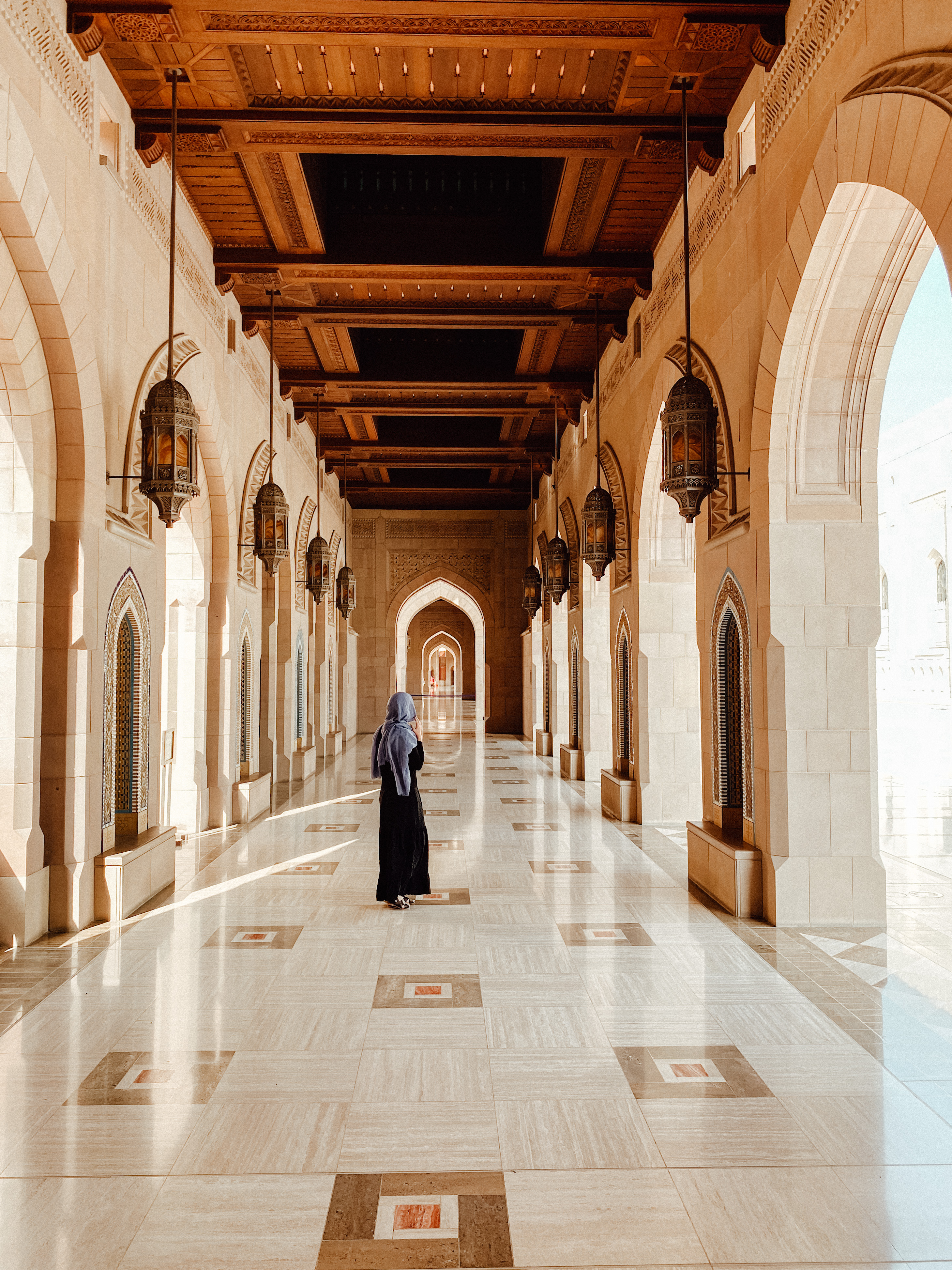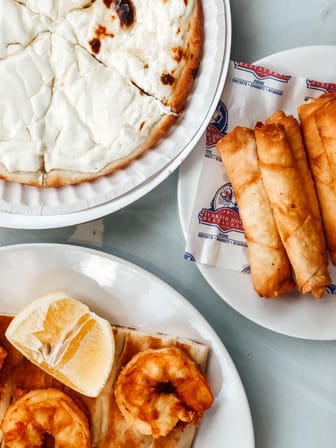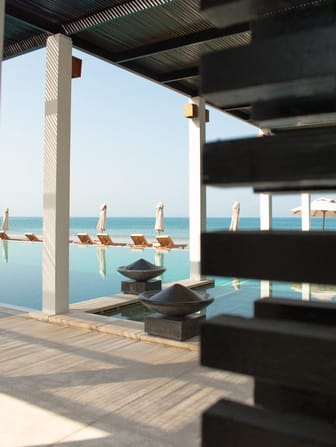Local’s Guide to Muscat, Oman
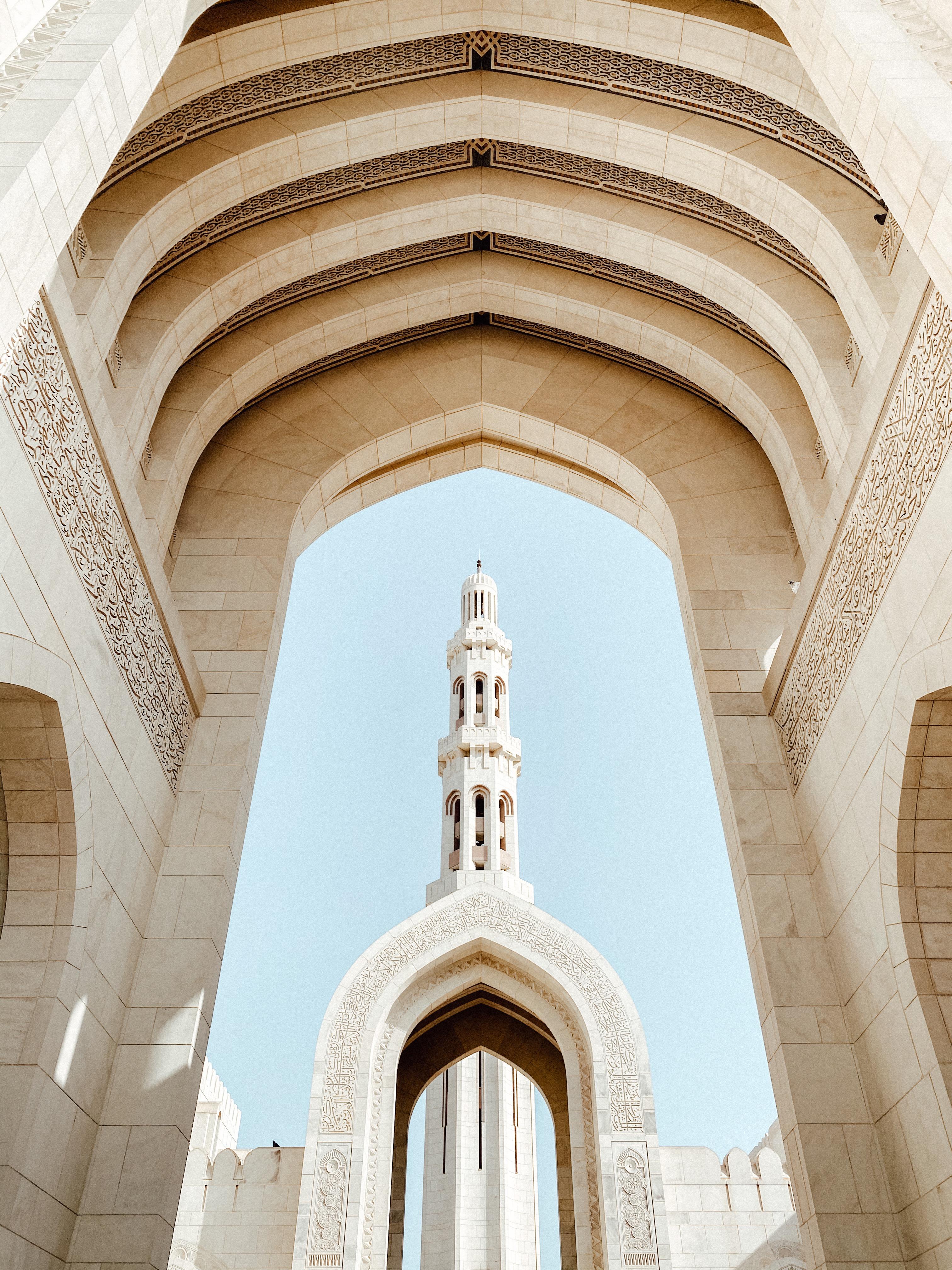
If you are visiting Oman on a short trip, I recommend a day in Muscat at the start of your visit to set the scene with the cultural sights, and then a few days at the end in one of the five star beach hotels to recuperate after an jam-packed road trip.
If you have more time in Muscat or are searching for even more things to do in the city, check out my full local’s guide - including advice on getting around and what to wear in Oman.
Don’t Miss - The Highlights!
✨ Sultan Qaboos Grand Mosque – built to celebrate the thirtieth year of the late Sultan Qaboos’ reign, it is one of the few mosques in Oman non-Muslims can enter. And it is stunning!
✨National Museum – fourteen galleries over 13,700 sqm. The building itself is beautiful, and the exhibitions provide an insight into Omani culture and history.
✨Muttrah and Old Muscat - the original settlement of Muscat. It has a different feel to the rest of the city – offering a much quieter and a more historical vibe.
✨The beach – Muscat is basically a long strip of low, white-washed buildings sandwiched between mountain and sea, so there are lots of beaches to enjoy. Qurum Beach stretches for 2.5miles (4km) along the centre of the city, whilst further out of town camping at Bandar al Khiran is a must.
✨Brunch – brunch is a way of life in the Gulf. My Muscat favourites include Nana’s or the Turkish House for something more laid back, and The Chedi or The Bustan for over the top indulgence.
Sultan Qaboos Grand Mosque
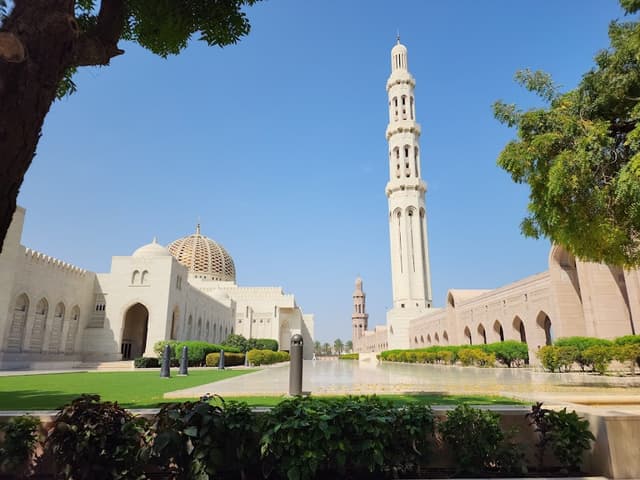
Built in 2001 to mark 30 years of the late Sultan Qaboos’ reign, everything here is superlative. The 70m by 60m handwoven, central carpet was the longest in the world until the Emiratis pinched that title. It took Iranian weavers four years to complete. The chandelier in the men’s prayer hall is 14m high, holding 600,000 Swarovski crystals and 24 carat gold plating. It was the largest in the world until the Emiratis also took that prize!
Despite all the gleaming marble and the glitzy chandeliers, the atmosphere is more serene than ostentatious. It is also a photographer’s dream, with the simple symmetry of the architecture combined with the intricate details offering endless angles and patterns. The riwaqs (porticos) along either side of the mosque are decorated with niches displaying intricate painted tiles from across the Islamic world, and the mosaics in the main prayer hall are simply gorgeous.
If you are only able to do one thing in Muscat, I really urge you to make it a visit to the Sultan Qaboos Mosque. The tour buses tend to arrive around 9am, so if you get to the mosque when it opens at 8am you can spend a tranquil hour strolling through the white marble corridors and courtyards. Breakfast at Dukanah Cafe afterwards makes for a lovely, Omani, morning.
(Open for non-Muslims daily, except Friday: 8am-11am. Free.)
Muttrah
If you have seen a photo of Muscat, you will almost certainly have seen a photo of Muttrah! This was the heart of the old Portuguese colony.
Muttrah Corniche and Fort
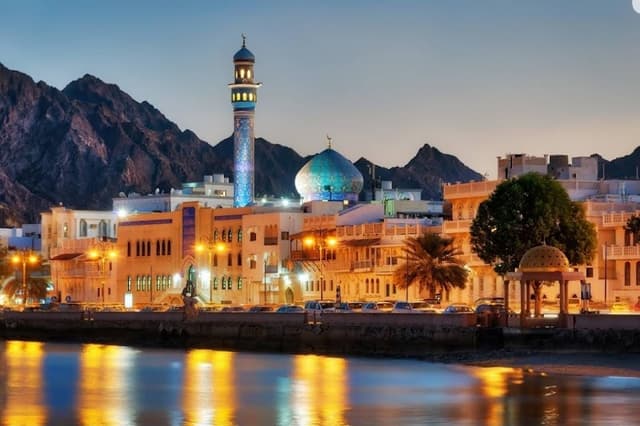
White latticed buildings and a beautiful tiled mosque beneath Muttrah’s hills make Muttrah’s crescent shaped cornich one of the prettiest places in Muscat. Especially at sunset when the buildings glow.
The best view is from the top of the Fort - free to enter, but lots of steps!
Muttrah Souq
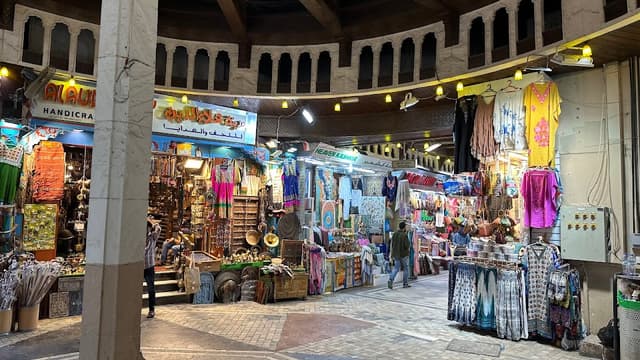
Incense burners, frankincense and embroidered fabrics galore in one of the region’s oldest souqs.
The Souq is a bit of a labyrinth, and it can feel easy to get lost. Broadly, if you follow the streets leading downhill, you will get back to the Corniche. Once you enter through the domed arch on the Corniche, follow the route up to the central intersection, with a stained glass dome ceiling.
Omani Heritage Centre
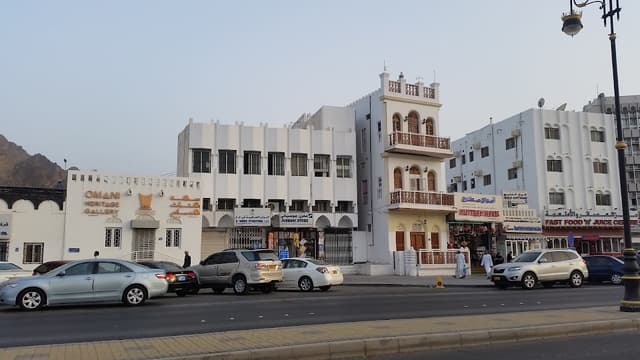
If you are after a more relaxed shopping experience, I highly recommend the wonderful Omani Heritage Gallery on the Corniche. It is an NGO supporting craftspeople to maintain traditional skills. Everything is made in Oman, and profits go directly to the artists.
Old Muscat
At the eastern end of Muscat, around a small bay, is an area known as “Old Muscat”. This is the original settlement of Muscat. It has a different feel to the rest of the city – offering a much quieter and a more historical vibe.
National Museum of Oman
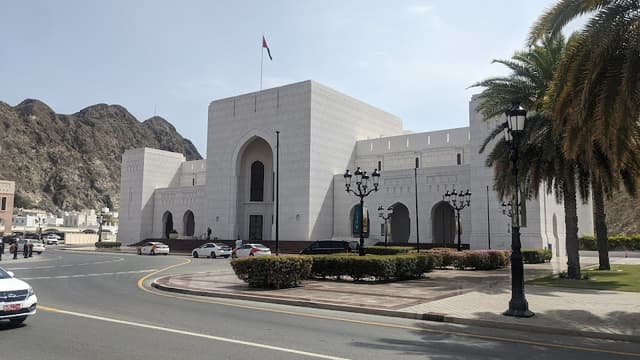
A well laid out museum which gives a good overview of Omani history and culture.
I particularly enjoy the display of traditional Omani dress - the colours are so vibrant. They also have a number of 'batoola' on show. It is a traditional face covering typically worn by Bedouin women from the Persian Gulf region. Originally worn as protection from the desert climate to help keep hot sand and dust out of the nose and mouth, the batoola also serves modesty garment. It was historically worn by young women before marriage as a sign of coming of age. Today it is only really worn regularly by the older generations, with young women sometimes wearing one for a special occasion.
If you can't make it to the Salma Plateau or Al Ain during your visit to Oman, this is the place to see a beehive tomb.
Al Alam Palace

The palace isn’t open to the public, but you can peer in through the iron gates and admire the overflowing flower beds out front. Just to the right hand side as you approach the palace, is a remaining section of the original city walls and three large watchtowers.
It is also possible to view the palace from the back, and it's gardens backing onto the sea. It's a lesser known spot, and you need to know it's there to find it. Especially as the road feels a bit "official" and like you shouldn't be on it! The what3words for the parking are: ///solar.panel.walnuts
The Beaches
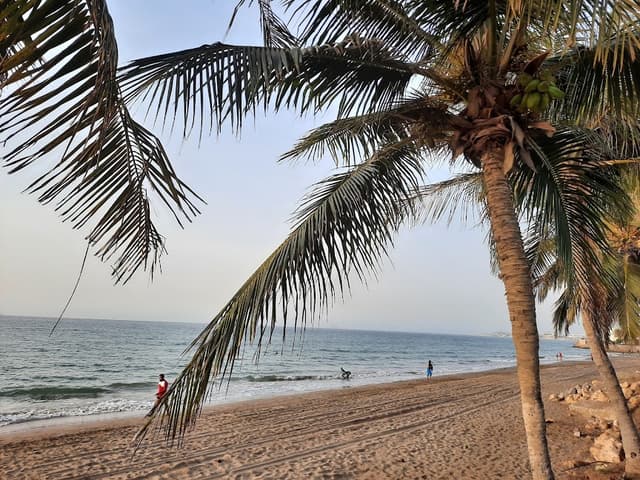
Stretching for 2.5miles (4km) parallel to the centre of the city, Shatti Al Qurum is one of the longest (and busiest!) beaches in Oman. Many sections are fringed by palm trees, and in the quieter spots it can be hard to believe you are mere metres away from excellent flat whites and sleek malls!
Bruching!
Brunch is a way of life in the Gulf, and Oman is no different!
One top tip… don’t forget that the weekend in Oman (and most of the Arabian Peninsula) is Friday/Saturday, so Fridays are always the busiest days for restaurant bookings!
My favourite brunch options are…
Laid Back and on a Budget
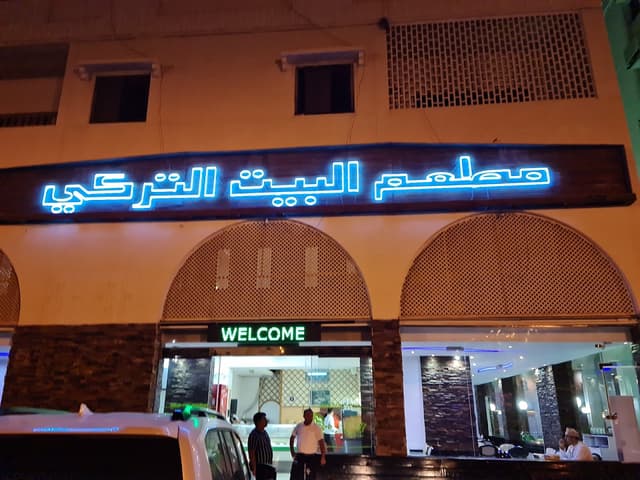
A Bit more Glitz!
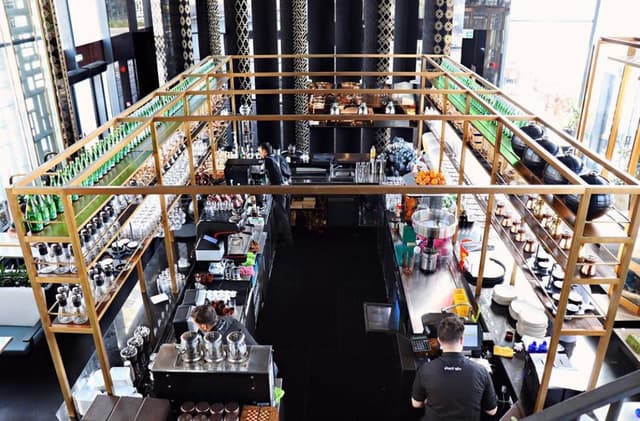
All Out Indulgence!
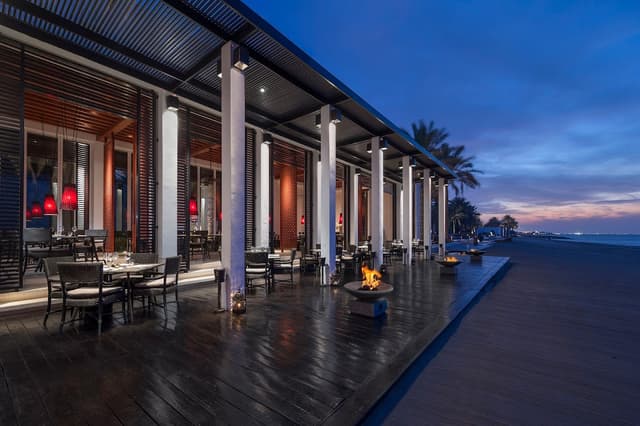
Traditional Omani Meals
If you’re looking to try some traditional Omani dishes my top reccomendations are the wonderful Bait Luban overlooking Muttrah Corniche and the low key Dukanah Cafe near the Grand Mosque.
You can find lots of tried and tested reccomendations for places to eat all around Muscat, on a variety of budgets, and all different cuisines, in my foodie guide to the city.
Where to Stay
The home for unique & authentic travel
